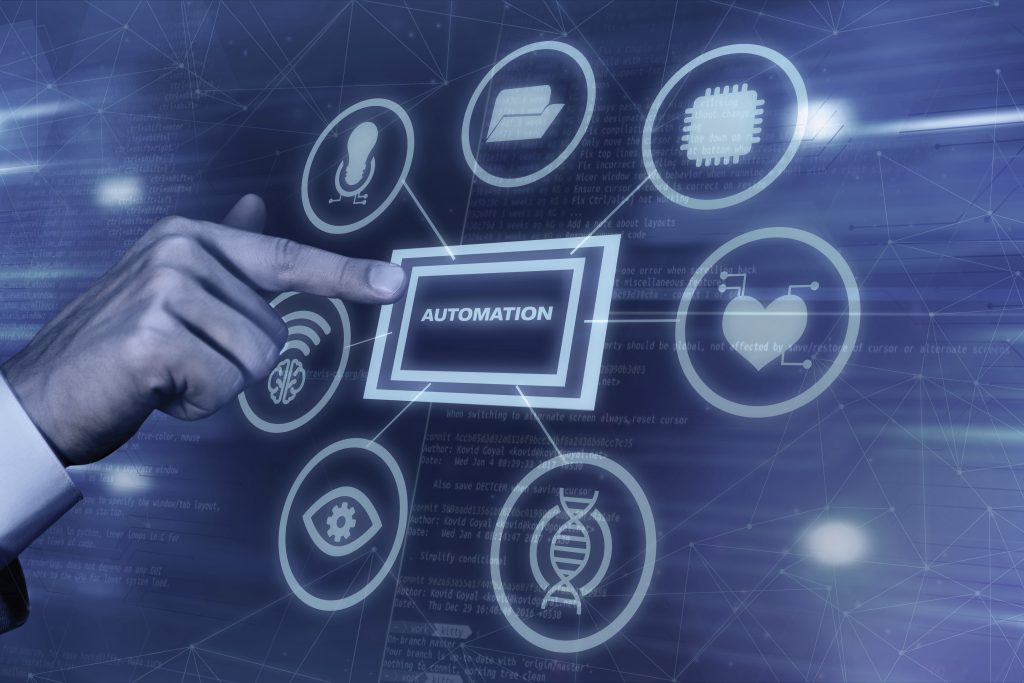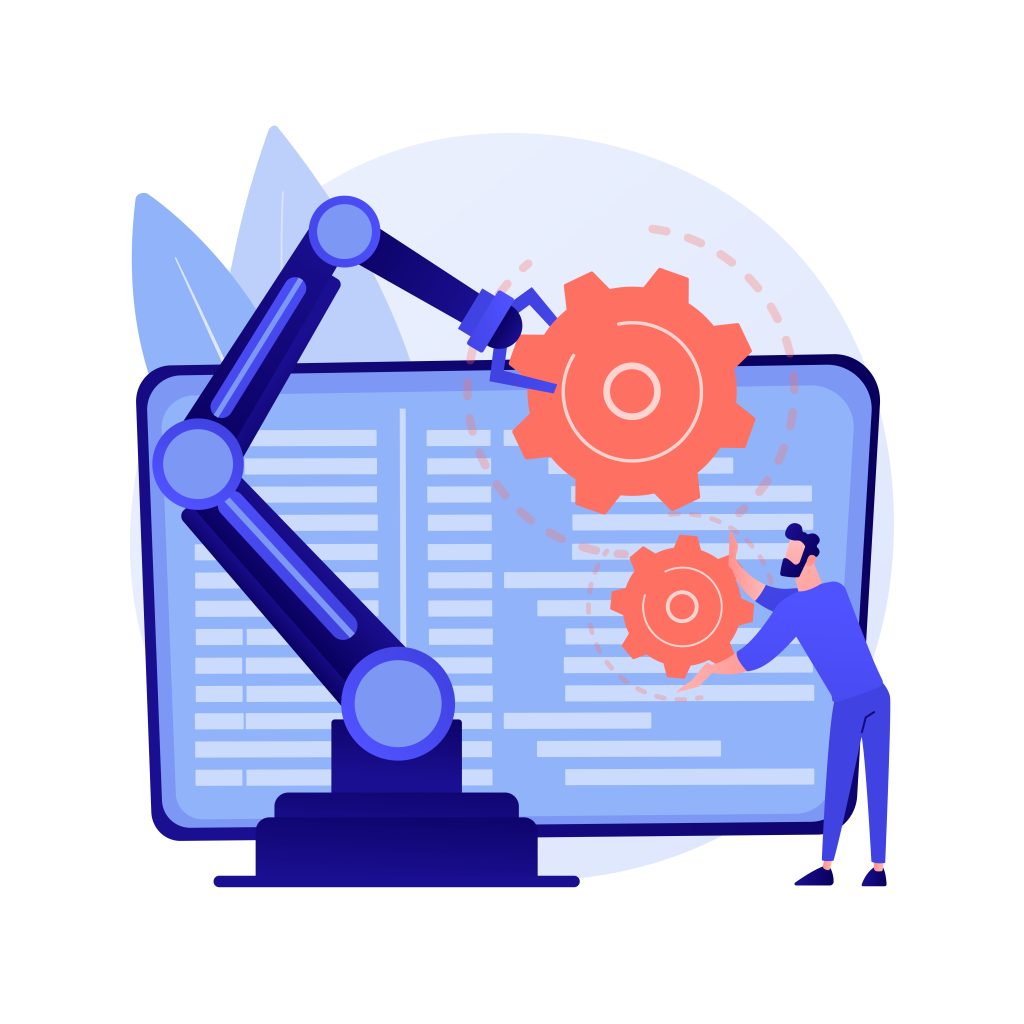Even five years ago, the workplace was considerably different from what it is today. Teams are spread out across time zones, expectations are increasing, and deadlines are becoming more stringent by the day.
Ever feel like you’re juggling too many things at once, both physically and intellectually? You’re not alone, that’s true. The AI integration within tools starts to shine at this exact time.
This blog is more than simply another definition of technical words. Rather than replacing or confusing you, you may utilize it as a backstage pass to discover how AI might improve your work performance and perhaps help you regain some sanity.
What Does “AI Integration Within Tools” Actually Mean?
Now, let’s unwrap this sentence that has been circulating like a sorcerous spell.
Integrating artificial intelligence (AI) into our current software or platforms is known as AI integration within tools. Imagine writing assistants that correct your grammar in the middle of an email, project management tools that recommend better deadlines.
It’s not about using robots to replace humans. It’s about giving your favorite tools a significant mental update so they can assist you more effectively and intelligently. So if you’re using something like Notion, Asana, Canva, or even Google Docs, AI might already be working behind the scenes, quietly making your life easier.

Why Traditional Tools Are No Longer Enough
All of us have been there: gazing at a spreadsheet while awaiting an epiphany or insight. The conventional tools we formerly used, however, were designed for a slower, less demanding, and non-constantly productive society.
The issue is this:
- Conventional instruments are reactive. They react to your interaction; that’s all.
- They don’t pick up on your methods or change.
- And they most certainly don’t aid in problem prediction or process improvement.
The intriguing (and sometimes annoying) part is that we keep using antiquated methods to address contemporary issues. It would be similar to streaming Netflix on a flip phone. It simply isn’t sufficient.
Using AI integration within tools does more than make the user experience better; it changes. It indicates that your tools enable decision-making, comprehend context, and foresee demands.
Top 7 Benefits of AI Integration Within Tools for Modern Workflows
Let’s go right to the point: what makes AI a valuable addition to your daily tools?
1. Time-Saving Like Never Before
You know those monotonous, mind-numbing chores that take up half of your day? Most of them can be automated by AI. We are discussing everything from arranging meetings to organizing emails to formatting documents.
Work that genuinely requires your mental faculties should take up your time rather than tasks that seem like digital housework.
2. Smarter Decision Making
Tools with AI built in provide real-time insights. Not only dull dashboards, but suggestions with substance. For example, “This client typically responds better on Thursdays,” or “Hey, this campaign is failing; here’s why”.
A degree in data science is not necessary. After doing the analysis, the tool shows you what’s important.
3. Personalized Experiences
AI enables you to customize the experience, whether you’re leading a team or making sales to clients. As tools learn your choices, they adapt to your communication style, likes, and best practices. Having an attentive helper is similar to that.
4. Fewer Errors, More Accuracy
We all make errors when we’re exhausted, preoccupied, or trying to do too much at once. AI never grows weary.
It identifies mistakes before they become embarrassing issues (like the 2022 “Reply All” fiasco, for example). AI can help with data input, mistakes, and missed deadlines.
5. Boosted Collaboration Across Teams
AI-enabled tools may highlight obstacles, propose next actions, or even summarize lengthy conversations so that everyone is on the same page.
Working across departments or countries is less of a burden thanks to AI. Less “Wait, what?” and more “Got it, let’s move.”
6. Scalability Without the Stress
Growth is fantastic, but only until your systems break under stress. However, your processes scale with you when you use AI tools for e-commerce.
When your workload doubles, you don’t have to hire twice as many people. Your staff concentrates on long-term planning while AI does the grunt work.
7. Continuous Learning and Improvement
The wonderful thing is that AI learns as well as it works. Observing trends in your workflow, it optimizes and subtly improves its recommendations over time. Your tools are dynamic. They change as you do.

How to Start Leveraging AI Integration Within Tools
You may be thinking, “All right, this sounds fantastic. However, where do I even begin? Fortunately, you don’t need to completely revamp everything at once. Begin modestly.
1. Audit Your Current Tools
Quickly compile a list. Which tools are used on a daily basis? What takes up the most time? What irritates you the most?
There are likely AI-powered substitutes or even AI capabilities concealed in your present tools that you haven’t yet used.
2. Try AI Features in Tools You Already Have
While not “AI tools,” Google Workspace, Microsoft 365, Slack, Notion, Trello, and HubSpot integrate AI. Test those features now. Try predictive analytics, intelligent email responses, or auto-summarization.
3. Educate Your Team (Without the Jargon)
Just because AI sounds amazing doesn’t mean that everyone is on board. Humans are afraid of what they don’t comprehend. You can demonstrate what AI is already doing for you informally, discuss use cases, or provide a brief training. Make it relatable and have fun.
4. Monitor, Adjust, Repeat
Progress, not perfection, is what matters. Spend time using the AI, observe its operation, provide input, and gradually enhance the process. Every instrument will improve with regular usage.
End-Note
To take advantage of AI integration within tools, you don’t have to be a technology expert. All you have to do is be open to trying. Improved processes aren’t the only benefit; having tools that seem like they were made for you is the true prize. The opposite is not true.
And if you continue to cling to those antiquated processes, consider what may be preventing you from moving forward. Have trouble getting started or determining which tools are best for your company? We can help with that.
Our mission at Webiators Technologies is to assist companies like yours in streamlining processes, incorporating clever solutions, and remaining ahead of the curve using AI-powered, future-ready products and ecommerce website development services.
FAQ’s
Ans: Project management platforms, content writing software, CRM systems, data analytics dashboards, and even email clients are integrating AI features these days.
Ans: Nope. Most tools are built for non-tech users and have super user-friendly interfaces.
Ans: No, AI is here to support your role, not steal it. Think of it as a very efficient assistant, not a replacement.
Ans: AI levels the playing field. Small teams can operate like big companies by automating, analyzing, and scaling faster, with fewer resources.
Ans: Like any digital tool, security depends on the provider. Stick with reputable platforms and always read their privacy policies.


